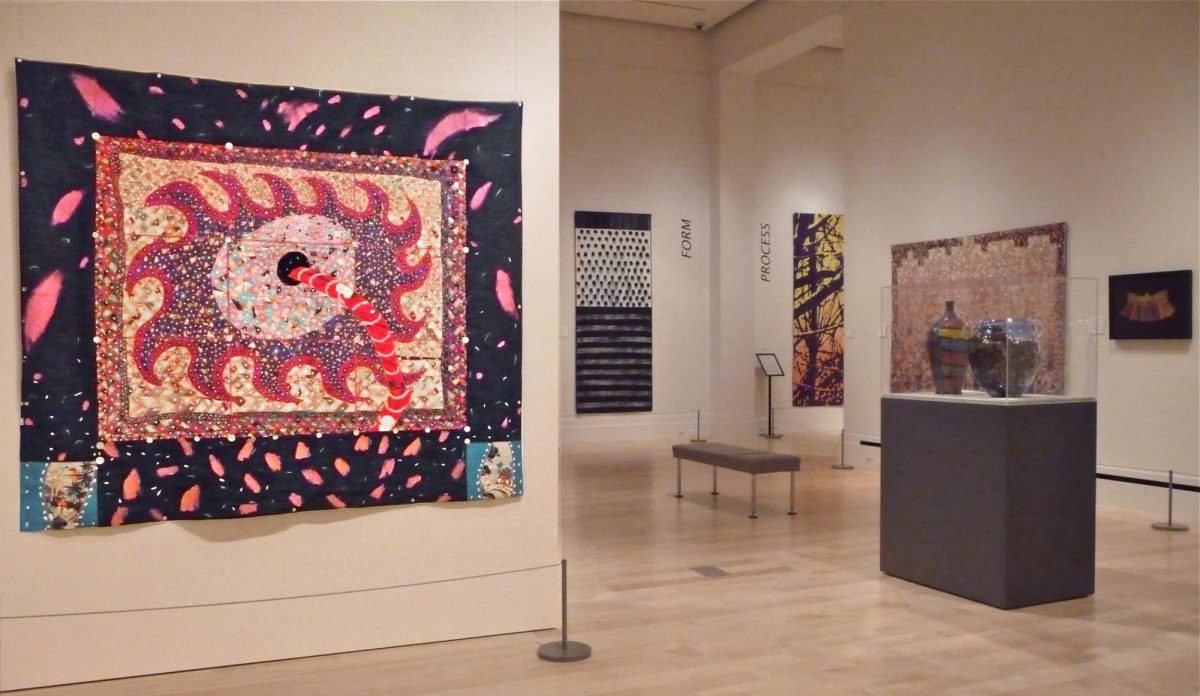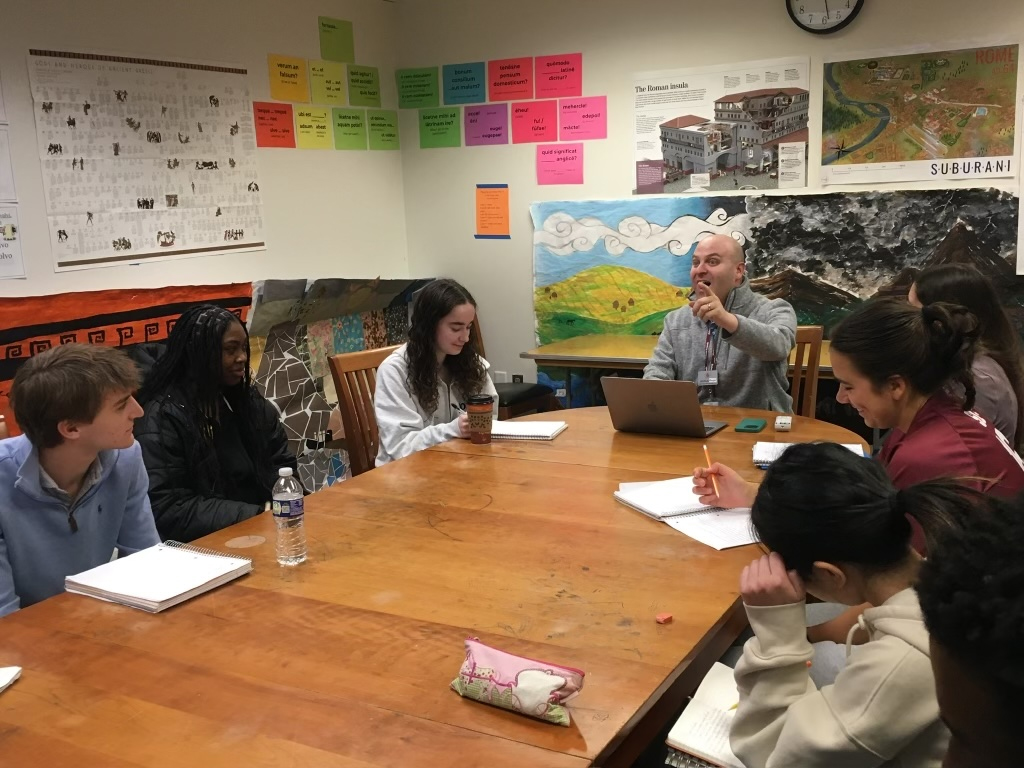New Exhibit Reveals Du Bois’ Documentation of Black History
“Deconstructing Power” will be at the Cooper Hewitt Smithsonian Design Museum until late May. Photo: Diane Shaw via Flickr.
In December 2022, the Cooper Hewitt Smithsonian Design Museum released an exhibit titled “Deconstructing Power: W. E. B. Du Bois at the 1900 World’s Fair.” The exhibition, which will close in late May, portrays Hewitt’s personal collection of more than 20 data visualizations that Du Bois constructed for the 1900 World Fair. The visualizations portray the Black American story of prejudice during his lifetime.
Born in Massachusetts in 1868, Du Bois was an American author, historian, professor and minority activist. He was an avid protester against Jim Crow segregation and the Atlantic Compromise, which argued that Black people should focus on developing economic stability through working for white employers rather than fighting for social equality and economic mobility.
The Exposition Universelle, better known as the 1900 Paris World Exhibit, sought to commemorate the findings of the previous century in works of art, culture and technology while simultaneously producing new designs for the next century. Some of these futuristic visualizations included designs for the Ferris wheel, a moving sidewalk and different technological advancements that we still use today, such as batteries and engines.
Du Bois’s art, also showcased in the World Fair, focused on the prejudice of the past and the history of different races, particularly Black history. While Du Bois was teaching history, sociology and economics at Atlanta University, he and one of his students created 63 handmade diagrams that used different techniques of geometry and color to commemorate Black triumphs and successes in spite of the racism they experienced.
Du Bois also constructed economic diagrams of different crises and events of the 1800s that pertained to Black history. He used different forms of graphs to document economic growth, such as pie charts and bar plots.
Director of the Cooper Museum Maria Nicanor stated the importance of the relationship between the struggles and economic and social growth that Du Bois illustrated: “It was very important to us that these two exhibitions be presented together, to provide visitors the context to both admire the visual beauty and understand the historical complexities of the objects on display,” she explained in a press release.
The exhibit shows how Du Bois portrayed the culture of various Black communities throughout the U.S. at the World Fair. He not only used diagrams and geometrical shapes, but also included a collection of pots, ceramics and utilities that were used by these communities.
In one infographic, Du Bois examines the land acreage owned by Black families from 1870-1900 in Georgia. In another, he explains in more detail the disparities between the taxes and payments made by white people in comparison to other races.
By creating these colorful and informative infographics, Du Bois captured powerful messages and insisted on change while reaching a wide audience.
The Design Museum showcases 20 of the 63 pieces created by Du Bois, where they help people better understand the successes and struggles of Black people in the U.S.















































